Your vision is our priority
Welcome to European Eye Center, Ho Chi Minh City’s premier eye clinic. We provide top-notch eye care, including thorough exams, precise diagnoses, and advanced treatments. Our international doctors adhere to Western eye care standards, guaranteeing quality, safety, and cutting-edge expertise. Experience personalized solutions and minimal wait times.
What we do
Eye Examination
An eye examination, also known as an eye exam or eye check up, is a comprehensive assessment of the eyes… Read more
Myopia treatment
Myopia, or nearsightedness, is the most common cause of vision impairment in young people. Almost 80% … Read more
Dry Eye Treatments
Dry Eye Disease is a prevalent condition affecting millions of people worldwide. Many treatment options… Read more
Doctors' expertise
Femto-LASIK Surgery
Similar to traditional LASIK, Femto-LASIK aims to reshape the cornea to improve vision and reduce or eliminate the need for glasses or contact lenses Femto-LASIK Eye Surgery serves the significant purpose of addressing and rectifying various… Read more
ReLEx SMILE Surgery
ReLEx SMILE specialized procedure designed to treat specific refractive errors, primarily myopia (nearsightedness) and astigmatism SMILE (Small Incision Lenticule Extraction) is an advanced laser eye surgery technique… Read more
Retinal detachment Surgery
The surgical approach for retinal detachment varies based on the type and extent of detachment, as well as the surgeon’s preference and expertise…. Read more
Cataract Surgery Treatments
A cataract indicates the presence of a cloudy area in the lens of the eye, which typically occurs as a natural part of aging…Read more
Presbyopic Lens Exchange (PRELEX Vision Correction) PRELEX Eye Surgery
PRELEX is a specialized vision correction procedure designed to treat presbyopia, an age-related condition …Read more
Ortho-K
Orthokeratology, commonly known as Ortho-K lens or corneal reshaping therapy, is a non-surgical… Read more
Doctors' experience
Dr.JD Ferwerda is a Dutch ophthalmologist with a lot of experience in eye surgeries and bringing back sight to many people. He has treated patients for more than 28 years before coming to Vietnam. Dr. JD has been performing cataract and glaucoma surgeries, complex retina surgeries, and various other eye procedures, always with the latest techniques and equipment.
Dr. Artem Kozhechenkov specializes in refractive surgery and is proficient in all laser vision correction procedures, including PRK, LASIK, Femto-LASIK, ReLEx SMILE, and SMILE PRO. He can also assist in most general ophthalmology situations. Over the course of his career, he has successfully performed refractive surgeries on over 3,000 patients.
Previous
Next
Our doctors

Dr. JD Ferwerda
Ophthalmologist
- Dr. JD received his Doctor of Medicine (M.D.) degree from the University of Utrecht, in The Netherlands, and in 2000 became a Fellow in Vitreo-Retina Surgery and Diseases.
- He has treated patients for over 28 years before coming to Vietnam and has performed over 10.000 cataracts and 6000 Retina surgeries.
- Dr. JD has been performing cataract and glaucoma surgeries, complex retina surgeries, and various other eye procedures, always with the latest techniques and equipment.
Dr. My Hanh
Ophthalmologist
- She is a highly skilled doctor with a Master of Ophthalmology from the best medical university in Vietnam – Medicine and Pharmacy University, Ho Chi Minh City.
- She is fluent in English, French, and Vietnamese.
- She has 22 years of experience in eye treatment and has improved the eyesight of thousands of her patients.
- Dr. My Hanh is specialized in general Ophthalmology and uveitis


Dr. Artem Kozhechenkov
Ophthalmologist
- He is a highly skilled ophthalmologist, having graduated from the Military Medical Academy in St. Petersburg, Russia.
- He is fluent in English, Russian, and Ukrainian.
- He has over 11 years of experience in eye treatment and has improved the eyesight of thousands of patients.
- Dr. Artem specializes in refractive surgery and is proficient in all laser vision correction procedures, including PRK, LASIK, Femto-LASIK, ReLEX SMILE, and SMILE PRO. He can also assist in most general ophthalmology situations.
Multilingual Support: Korean, Japanese, and French Interpreters Available
Don’t worry if you don’t speak English or Vietnamese. Our Korean, Japanese, and French interpreters are available to ensure you and our team can communicate seamlessly. Understanding your eye problems is essential to us. This service is of course free of charge. In addition, Dr. JD speaks Dutch, English, Spanish, German, and French.
Ann De Fraye
Director
- Ann De Fraye, a Director and French Translator is a multifaceted professional with a background in medicine, epidemiology, and public health.
- As Co-Owner Director of the European Eye Center and co-owner of Top Vision Eyewear in HCMC, Vietnam, she excels in the healthcare and business realms.
- Fluent in Dutch, Spanish, English, and French, Ann brings linguistic versatility to her dynamic skill set, facilitating effective communication across diverse contexts.


Thanh Xuan
Korean Translator
- Previously residing in Korea for five years, Thanh Xuan gained a profound understanding of Korean culture and language before returning to Vietnam, her home country.
- She can speak English, Korean, and Vietnamese fluently and has been essential to our eye clinic – European Eye Center.
- Contact her if you need more information or make an appointment with our doctors: 033 720 3600
Direct Billing
We currently offer direct billing services with the following list of insurance providers. If your current insurance is not included, we are open to reaching out to your insurance company to explore the possibility of establishing a direct billing arrangement. In the event that direct billing cannot be arranged, rest assured, that we will assist you in compiling the required documents, such as medical reports and invoices, to facilitate the processing of your claim.
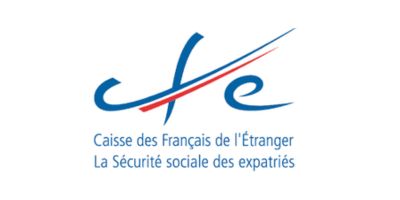






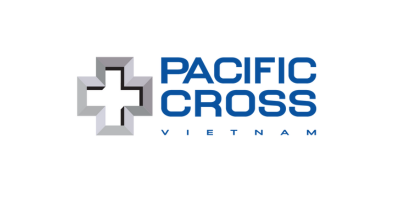



Our partners
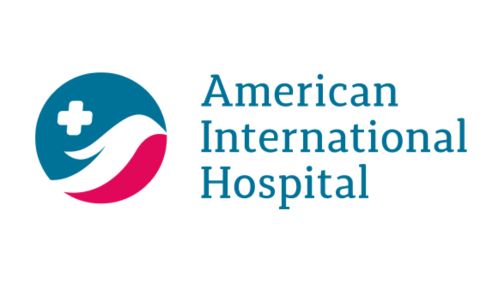
Delivering excellence in eye care, our longstanding collaboration with American International Hospital brings you top-tier cataract surgery treatments and PRELEX surgery vision correction. Trust us for cutting-edge solutions to enhance your vision and well-being.

Experience excellence in eye care through our collaboration with FV Hospital. From vitrectomy to cataract surgery and retinal detachment surgery treatments, we deliver top-tier solutions for both adults and babies, ensuring advanced and compassionate care for all.

Our collaboration with Nhi Dong 1 Hospital brings dedicated eye care consultation services for children. Trust us for expert pediatric eye care, ensuring the visual health and well-being of the young ones in our community.
Patients’ stories
Please click each image to read each patient’s story. Thank you!
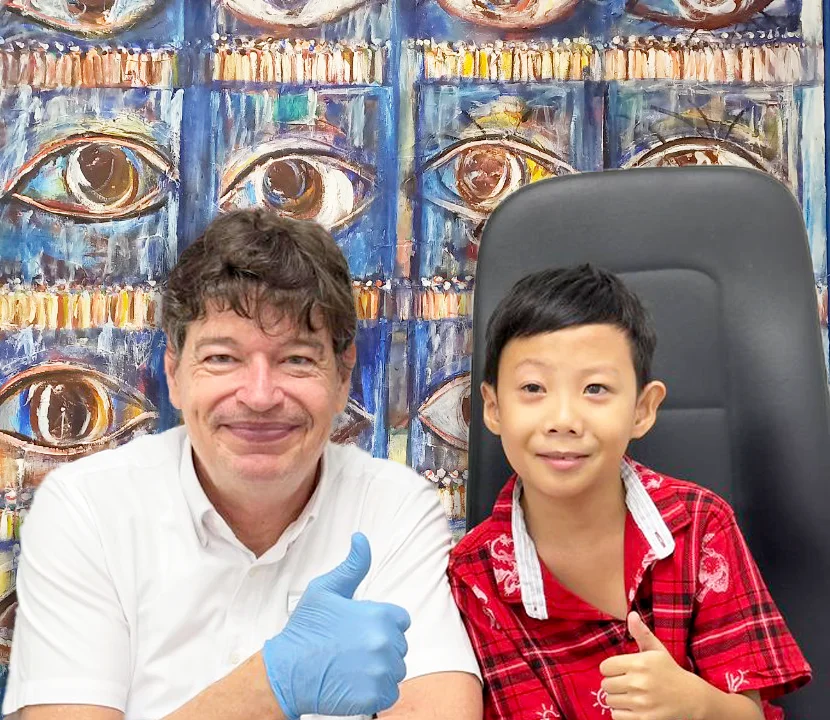
This young boy was practically blind before his surgery 3 weeks ago. Although his vision hasn’t recovered 100% yet, he wants to go back to school next week! He pays me back by continuously smiling 🙂 when he checks his eyes with me!!

This young girl had a serious problem with one of her eyes. The other eye was functionally blind already. After surgery the retina is ok again and her vision is improving again! These patients are the reason why we keep on going!

Never give up! Especially in Eyecare. This gentleman had a retinal detachment and could only see hand movements with his affected eye. 2 other doctors didn’t want to do surgery anymore. I did surgery about 10 days ago and now his vision is 20/80 already. These cases really give me joy 🤩!

Special patient today at our clinic!
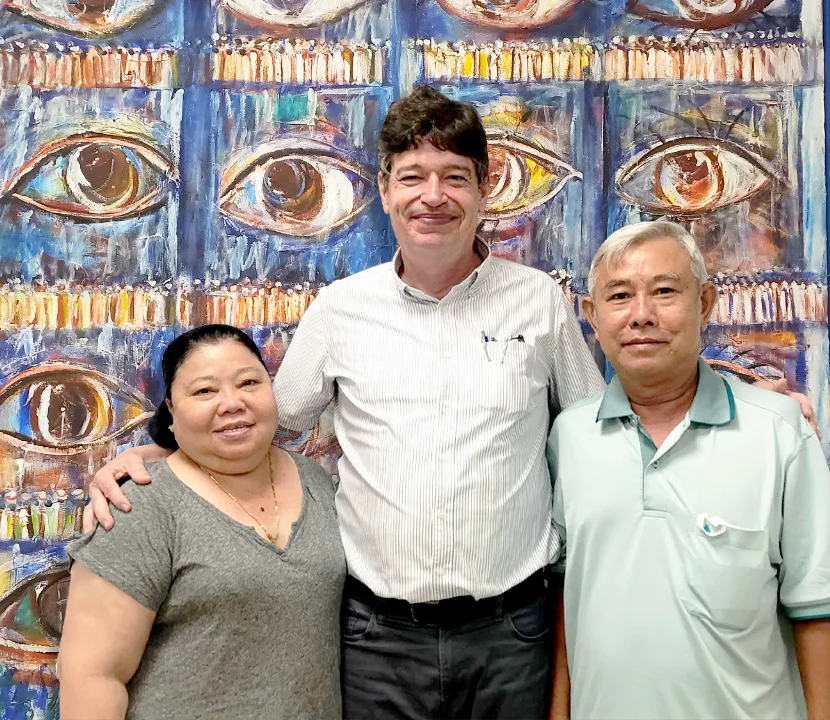
The gentleman on the right side of the picture is extremely happy with the improvement of his vision after surgery.
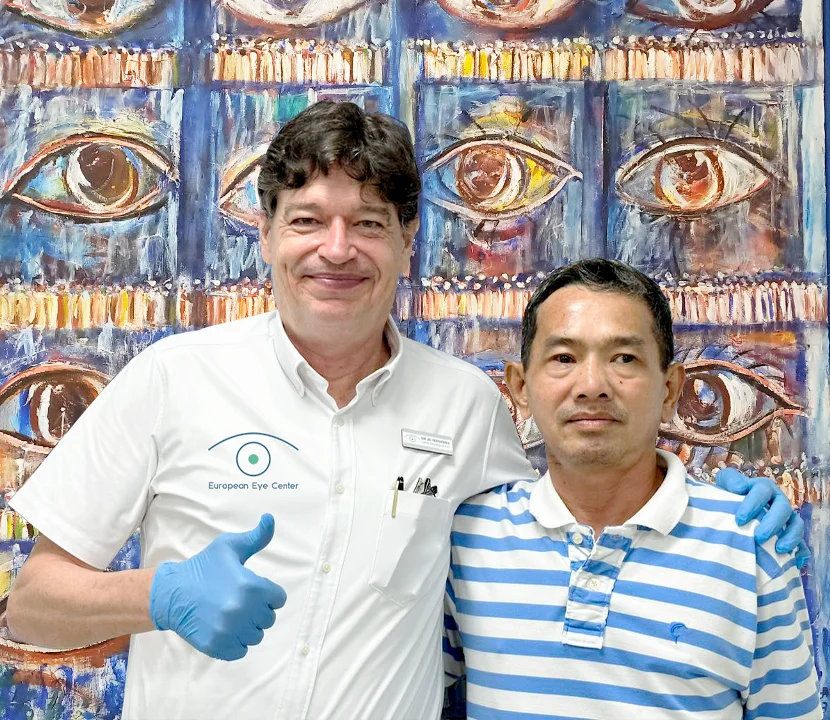
This gentleman was functionally blind since October last year. 1 eye completely lost, the other only seeing light perception. Other clinics didn’t want to do surgery anymore. Yesterday I did surgery, today his uncorrected vision was 20/150 already. Incredible result so far! This is why we do it!!
Membership & Affiliations
Previous
Next
Emergency Support Notice
Our regular hours of operation are:
- Weekdays: 8 A.M. to 6 P.M.
- Saturdays: 8 A.M. to 12 P.M.
For urgent eye-related issues outside these hours, we’re here for you! Reach out via:
- Email: info@europeaneyecenter.com
- Facebook: Send us an emergency request.
Your eye health is our priority, and we’re committed to providing immediate support when you need it.
Need more information?

Book an appointment with our doctors
Please note that we’ll be closed from April 28 to May 1 to observe Reunification Day and International Labor Day. Normal operations will resume on May 2, 2024. We apologize for any inconvenience and appreciate your understanding. However, in case of emergencies, please don’t hesitate to contact us for immediate support. We’re here to assist you.
***Please note that the phone number below is for Korean and Japanese only
Tips for your eyes

How Can Poor Vision Affect Learning In Children
80% of your child’s learning in school happens through vision. Poor vision can affect your child’s ability to do well in school…Read more

What Causes Eye Floaters and Flashes? Symptoms and Treatments
Floaters and flashes – two common age-related vision problems – are usually benign. Keep scrolling to learn about…Read more

Going Abroad for Healthcare: Medical Tourism in Vietnam
Medical tourism is traveling to another country to receive medical care. It has been around for quite some time, but it …Read more
